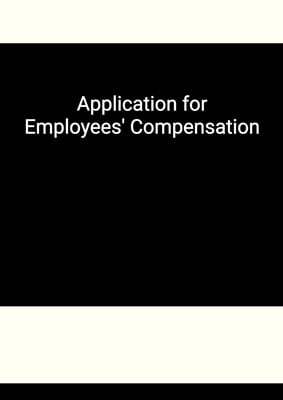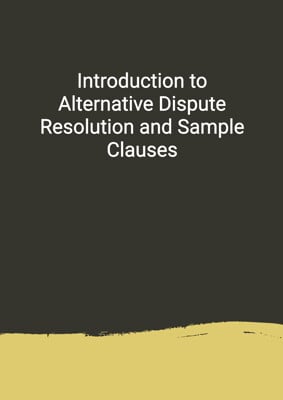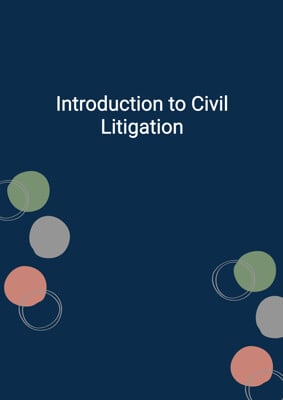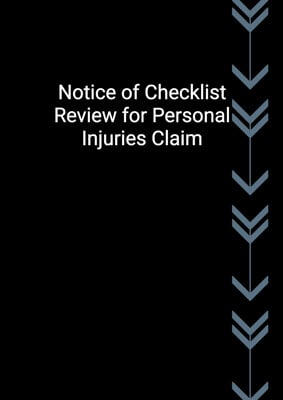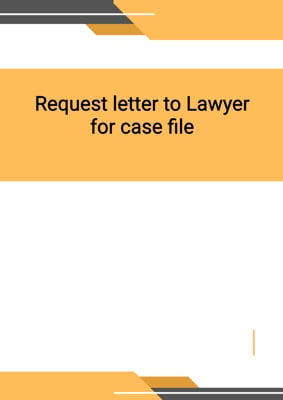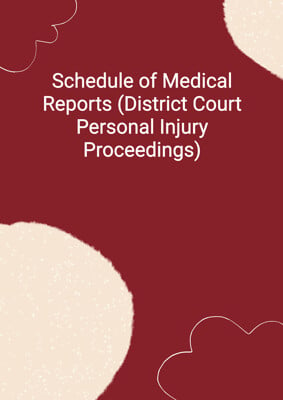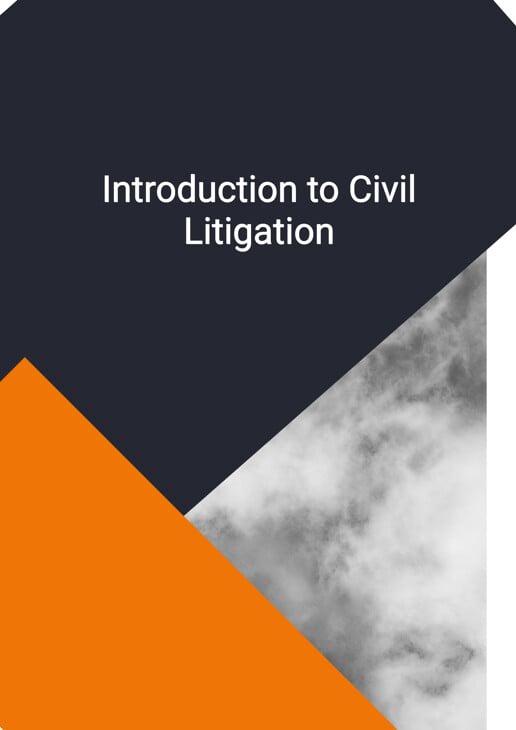
Introduction to Civil Litigation
Guide
A quick reference guide on Civil Litigation in common law jurisdictions. The guide includes a summary of civil litigation documentation (eg letter before action, writ of summons, statement of claim, notice of writ, affidavit/affirmation, notice to insurer, etc).
How to Tailor the Document for Your Need?
01
Create Document
Click "Create Document" button and the document will be prepared with your account details automatically filled in.
02
Fill Information
Please fill in any additional information by following the step-by-step guide on the left hand side of the preview document and click the "Next" button.
03
Get Document
When you are done, click the "Get Document" button and you can download the document in Word or PDF format.
04
Review Document
Please review the document carefully and make any final modifications to ensure that the details are correct before publication / distribution.
Document Preview
Document Description
The document titled 'Introduction to Civil Litigation' is a comprehensive guide that provides an overview of civil litigation in common law jurisdictions. It serves as a quick reference for individuals seeking information about civil litigation documentation. It is important to note that this document is not legal advice and should not be relied upon as such. Each jurisdiction may have its own procedures and timelines, so it is advisable to consult with a local lawyer for specific guidance.
The document begins with a summary of civil litigation documentation templates, which serves as a useful reference guide for members who may be confused about the appropriate documents to use in civil litigation. The table provides a list of documents and their recommended use, such as a letter before action, writ of summons, application notice to court, statement of claim, witness statement, affidavit/affirmation, and more.
Following the summary of civil litigation documentation, the document provides a detailed guide to civil litigation. It starts by emphasizing the costliness of commencing and defending civil litigation, both in terms of money and time. It advises parties to carefully consider the likelihood of success before initiating legal actions and encourages them to explore alternative dispute resolution methods.
The guide then outlines the common types of civil actions, including contracts, quasi-contracts, torts, recovery of land or premises, claims in equity, distress, employees' compensation cases, discrimination cases, and matrimonial cases. It highlights the importance of familiarizing oneself with the rules and legislation governing the court's processes and recommends seeking legal representation or legal aid when commencing a civil action.
The document provides step-by-step guidance on commencing a civil action, including establishing standing or locus standi, identifying the defendant, preparing a statement of claim, and deciding whether to file a writ or originating motion. It explains the requirements and procedures for serving the writ or originating motion on the defendant, as well as the filings that need to be made with the court.
For defendants, the document explains the importance of acknowledging service of the writ of summons or filing a notice of appearance within the specified time frame. It advises defendants to carefully consider their defence and counterclaim, ensuring that each allegation in the plaintiff's statement of claim is specifically addressed. It also highlights the potential costs implications for defendants.
The document further covers topics such as replying to a counterclaim, settling before trial, the trial process, discovery of documents, timetabling questionnaire, case management summons, listing for trial, trial hearing, settlement, appeal, and execution of judgment.
Overall, this document provides a comprehensive and detailed introduction to civil litigation, offering valuable guidance for individuals navigating the complexities of the legal process.
How to use this document?
1. Engage a lawyer, seek legal aid, or bring your own proceedings to start a civil action.
2. Establish standing or locus standi by demonstrating a sufficient connection to and harm from the law or action challenged.
3. Identify the defendant and ascertain their last known address, conducting necessary searches if required.
4. Prepare a statement of claim accurately stating the nature and cause of the claim, along with the relief or remedy sought.
5. Decide whether to file a writ or originating motion, considering the presence or absence of a defendant in the proceeding.
6. Serve the writ or originating motion on the defendant personally or through registered post, ensuring compliance with rules and procedures.
7. File original documents with the court registry and serve them on the other parties involved in the case.
8. File an affidavit or affirmation stating that the writ of summons has been served on the defendant.
9. Acknowledge service of the writ of summons or file a notice of appearance within the specified time frame.
10. File a defence and counterclaim within approximately one month, specifically addressing each allegation in the plaintiff's statement of claim.
11. Consider the potential costs implications and bear in mind the need to pay legal costs if the case is lost.
12. File a reply and defence to counterclaim if necessary, ensuring all relevant arguments are presented.
13. If no defence is filed or if settlement is reached, apply for judgment or discontinue the case accordingly.
14. Engage in discovery of documents, disclosing relevant documents to the other party and allowing inspection.
15. File and serve a timetabling questionnaire, seeking to agree on directions for trial preparation.
16. Issue a case management summons for the court to give directions relating to the management of the case.
17. Comply with the court's directions and attend court on milestone dates to avoid the case being struck out.
18. File an application to set the case down for trial and pay the prescribed fee.
19. Attend court on the trial date, bringing relevant documents and witnesses.
20. Present evidence and submissions at the trial, following the court's instructions.
21. Consider settlement options and apply to the court to make the terms of settlement an order.
22. If dissatisfied with a decision, appeal to a judge or the appeal court within the specified time frames.
23. Apply for a writ of fieri facias to enforce the judgment if the judgment debtor fails to obey the order.
24. Attend to the necessary procedures for execution of judgment, such as seizing goods or recovering possession of property.
25. Attempt to settle the matter outside of the courtroom to avoid incurring further legal costs.
Not the right document?
Don’t worry, we have thousands of documents for you to choose from:
